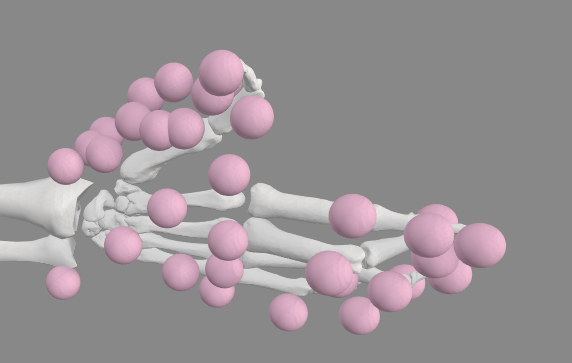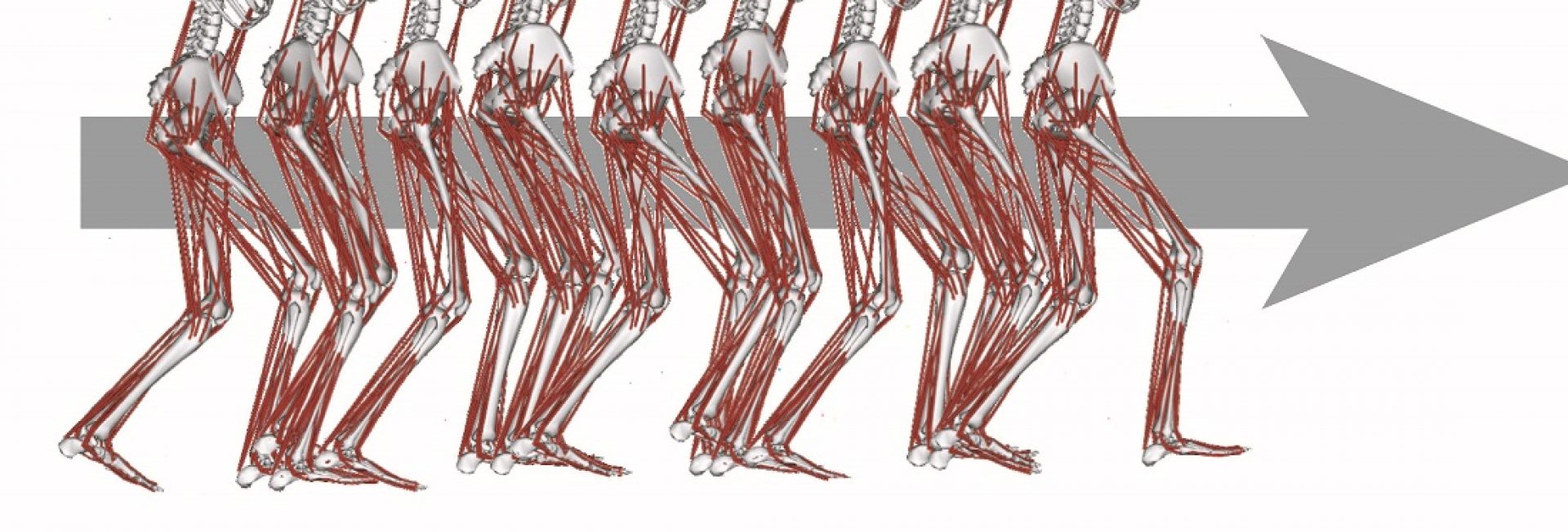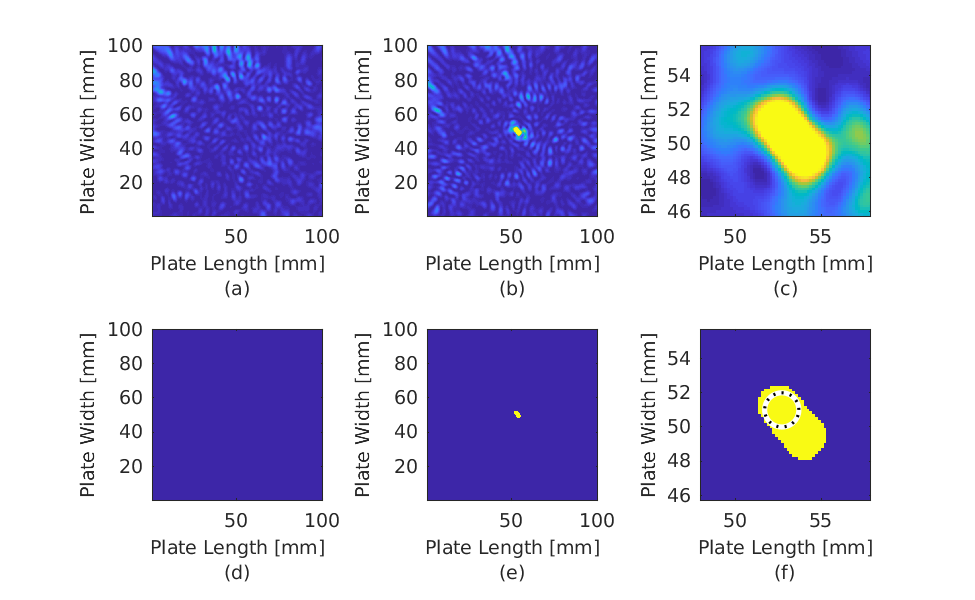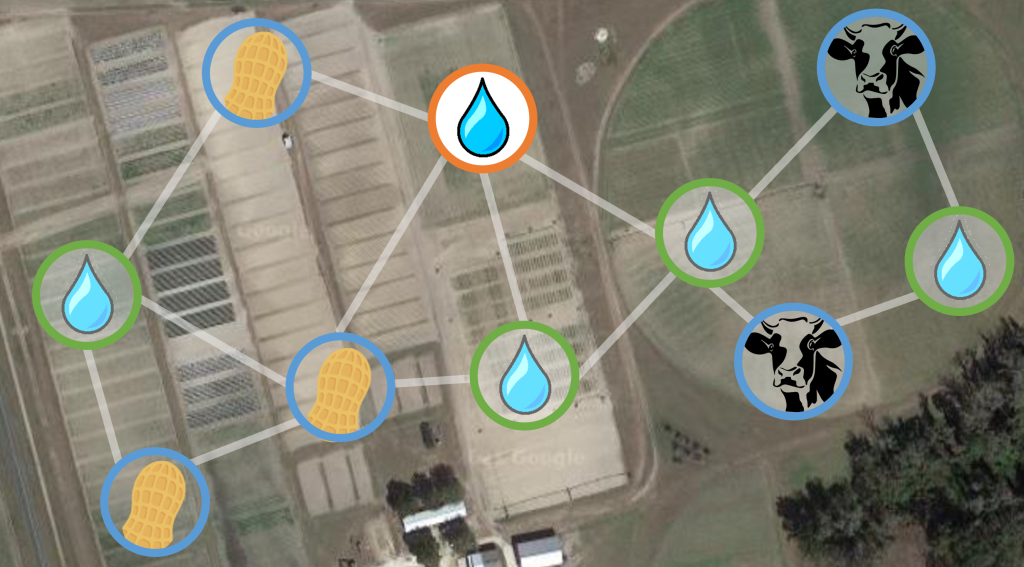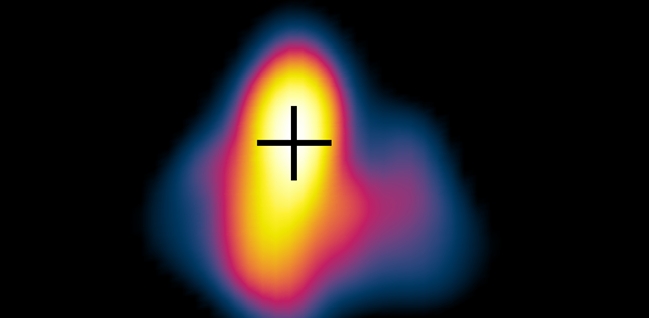
Hot Tech for Cold Cancers: How Microwave Imaging Is Reinventing Breast Screening
Picture your chest as a crowded subway car: packed, complicated, and full of different signals—some harmless, others alarming. Traditional mammography snapshots it like a grainy train schedule. Enter microwave imaging, which floods this crowded space with gentle electromagnetic pulses (1–10 GHz), listens to how they bounce back, and pieces together a map of tissue properties. It’s like a radar that detects suspicious riders without shaming them for squeezing on too tight.
Microwave imaging for breast cancer combines electromagnetics, inverse problems, and signal processing—a playground for math nerds who want to turn reflections into medical breakthroughs. And behind much of this progress are longtime efforts at McGill University and newer advances from the University of Utah. Let’s unpack how it all works—and why it’s still struggling to go mainstream today.



